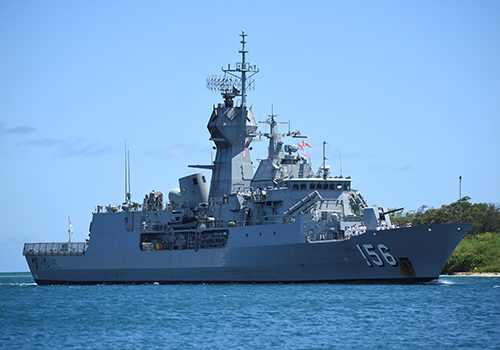The Gulf remains one of the most strategically critical regions in the world. Its stability and security have global implications, yet are far from certain. Consequently, the Atlantic Council’s Scowcroft Center for Strategy and Security and the Arabia Foundation hosted a matrix game simulation with the intent to challenge commonly held assumptions of US and regional policymakers about the possibility for conflict in the Gulf, and plausible, but underappreciated, conventional and unconventional Iranian military options. Along with the Arabia Foundation, the Atlantic Council believes a convergence of trends in the region has created an inflection point, meaning actions today could have historic and long-lasting consequences.
In this issue brief, Avenues for Conflict in the Gulf: A Matrix Game Simulation, game-runner and senior fellow John Watts reports on the results of the game – he explains how players of the game saw potential ways conflict could occur between Iran, the United States, and its regional partners; what that conflict might involve; and how regional and international players might respond.
The game recognized that Iran faces increasing pressure domestically and internationally, while simultaneously perceiving a historic opportunity to reshape regional dynamics through multiple regional conflicts. This convergence creates conditions that could lead to a strategic shock, and which warrant serious consideration. Moreover, throughout the region, shifting dynamics are creating new and unpredictable alignments in national interests among a variety of actors.
Image: Remains of Iranian Qjam ballistic missiles and guidance components are part of a display at Joint Base Anacostia-Bolling in Washington, DC. The Defense Department established the Iranian Materiel Display in December 2017 to present evidence that Iran is arming dangerous groups with advanced weapons. Photo Credit: DOD photo by Lisa Ferdinando.


